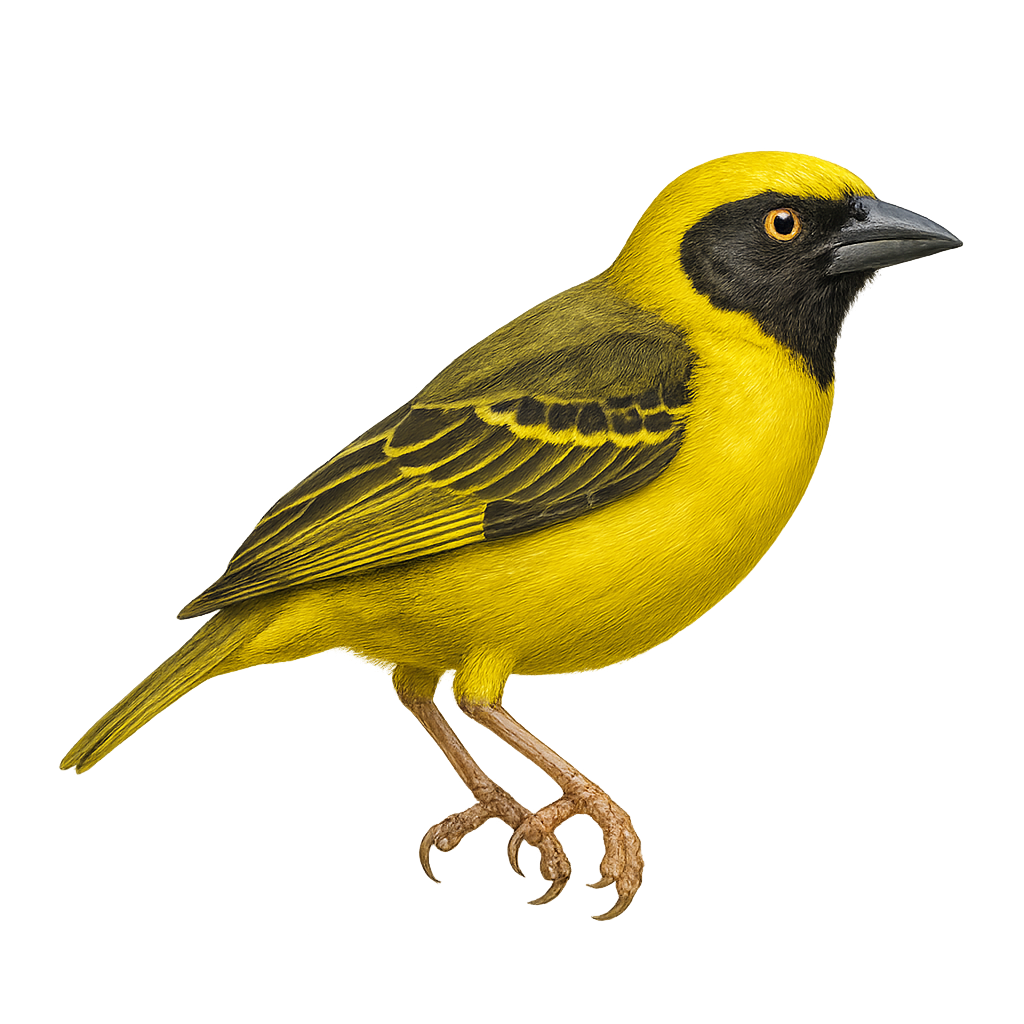Your wildlife photography guide.
Explore the baglafecht weaver in detail, study its behavior, prepare your shots.
Where to observe and photograph the baglafecht weaver in the wild
Learn where and when to spot the baglafecht weaver in the wild, how to identify the species based on distinctive features, and what natural environments it inhabits. The WildlifePhotographer app offers tailored photography tips that reflect the baglafecht weaver’s behavior, helping you capture better wildlife images. Explore the full species profile for key information including description, habitat, active periods, and approach techniques.
Baglafecht Weaver
Scientific name: Ploceus baglafecht

IUCN Status: Least Concern
Family: PLOCEIDAE
Group: Birds
Sensitivity to human approach: Suspicious
Minimum approach distance: 5 m
Courtship display: March to May
Incubation: 12-14 jours
Hatchings: March to June
Habitat:
Forests, savannas, agricultural areas
Activity period :
Primarily active during the day, with peak activity in the morning and late afternoon.
Identification and description:
The Baglafecht Weaver is a medium-sized bird, measuring about 15 cm in length. It is easily recognizable by its bright yellow plumage, contrasting with a black head and brownish wings. Both males and females have similar colors, though males are generally more vibrant. This bird primarily feeds on seeds but also consumes insects, especially during the breeding season. It is found in various habitats, including forests, savannas, and agricultural areas. The Baglafecht Weaver is known for its complex nests, often hanging from tree branches. It is social and often lives in colonies, making it fascinating to observe.
Recommended lens:
400 mm – adjust based on distance, desired framing (portrait or habitat), and approach conditions.
Photography tips:
To photograph the Baglafecht Weaver, it is advisable to use a 400mm lens or longer to capture the details of its vibrant plumage without disturbing it. Look for it in forests and savannas, where it is often active during the day. Be patient and discreet, as this bird can be suspicious. Try to capture its complex nests, often hanging from branches, to add extra interest to your images.
The WildlifePhotographer App is coming soon!
Be the first to explore the best nature spots, track rutting seasons, log your observations, and observe more wildlife.
Already 1 430 wildlife lovers subscribed worldwide

